When LGBTQ+ activists first started organizing in the U.S., they gathered in so called homophile organizations. Before then, with homosexuality considered a crime in many places, activist endeavors were often relegated to individuals or small groups of people and often had to take place in secret for fear of criminalization and/or defamation. Today, 1969 is considered the birth year of the the modern Gay Rights movement, after gay radicals began organizing as a consequence of the Stonewall riots. Following the upheaval, members of the LGBTQ+ community openly gathered in organizations such as the Gay Liberation Front and Gay Activists Alliance in order to fight for decriminalization, equal rights, and general public recognition. Along the way, these organizations and its supporters sought cooperations with other movements of the time, such as the Women’s Liberation movement and the Black Power movement, in order to garner support for its causes. However, not all of these would prove fruitful. Issues about inclusiveness eventually led to the development of the Gay Rights movement. The AIDS epidemic, continuous job and housing discrimination, as well as calls for marriage equality would lead to the creation of numerous organizations dedicated to support the community’s members and their rights. Although the long struggle of LGBTQ+ activists has proven successful over the past decades, many of the newly gained rights remain constantly under attack by various groups of people.
This class seeks to shed light on the development of the Gay Rights Movement, the obstacles it faced from within as well as without, and offer various perspectives by different activists and organizations fighting for the interests of the LGBTQ+ community.
- Trainer/in: Gloria Fears-Heinzel
